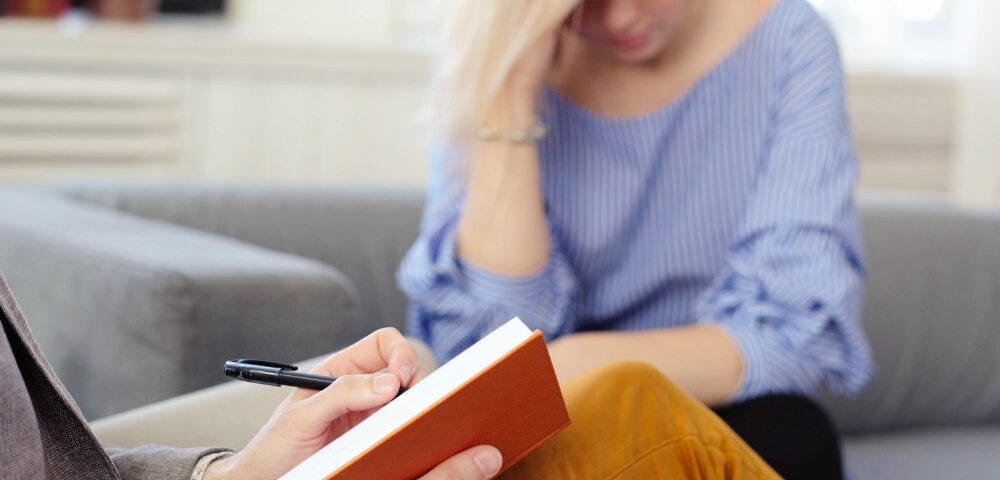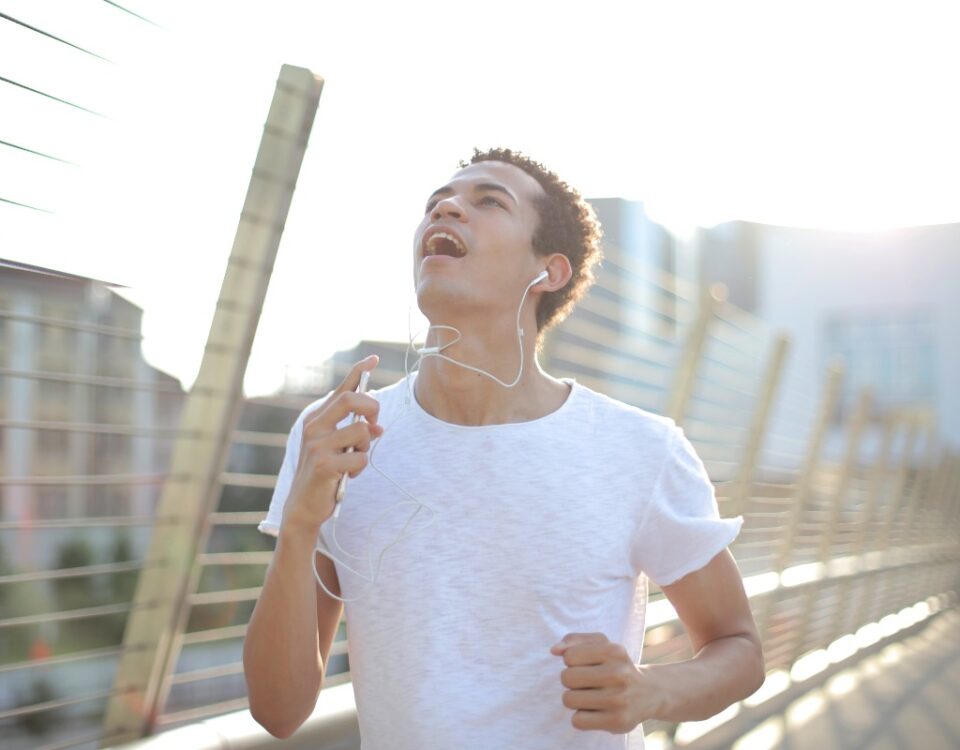
The Shift in Family Roles in Addiction
December 23, 2019
Real Self-Care Tips for The New Year Ahead
January 6, 2020The Cost of Gun Violence: The Rise of Substance Abuse and Mental Health Disorders in Teens and How to Help
When Davonte Friedman, Parkland High School shooting survivor, was asked what he wanted for his birthday, “he didn’t ask for a big celebration, he only said, “I’m glad I made it to see 18.” He was shot and killed less than one week after turning 18. He had previously spoken before the Baltimore City Council on youth violence prevention (Everytown Research).” This quote summarizes a devastating reality among high school students across the country as gun violence is shaping the lives of the children who have been shot, witness it or live in fear of the next shooting.
According to Everytown, “nearly 2,900 children and teens (ages 0 to 19) are shot and killed, and 12,706 are shot and injured, that’s an average of 43 American young people every day. And an estimated three million children witness a shooting each year, and children and teens who live in cities are at a significantly higher risk of gun homicides and assaults compared to their peers in rural areas.” Additionally, firearms are the “second leading cause of death among American children and adolescents, after car crashes (SandyHook Promise).” Our nation continually witnesses the initial tragic fallout from these shootings on television from teens running out of school buildings with hands in the air and authorities reporting on the death toll to the promises by our elected officials stating “we must put an end to this gun violence.” But what happens to these kids after we turn off the channel? What are the long-term effects of the unprecedented amount of gun violence surrounding our youth?
An up-tick in substance abuse and mental health issues among teens
In terms of the specific long-term effects from gun violence on our nation’s children and teens, “Children and teens exposed to violence, crime, and abuse are more likely to abuse drugs and alcohol; suffer from depression, anxiety, and posttraumatic stress disorder; resort to aggressive and violent behavior; and engage in criminal activity. Exposure to community violence, including witnessing shootings and hearing gunshots, makes it harder for children to succeed in school (Everytown).”
An article in Politico reveals, “substance abuse and mental health problems surged following the 2018 deadly mass shooting killing 14 students at Marjory Stoneman Douglas High School in Parkland, Florida – while test scores tanked. More kids are said to be anxious, depressed and cutting school.” Additionally, Marjory Stoneman Douglas used be low on a list of high schools in the district battling substance abuse. After the shooting, the school shot up 20 places on the list. In Santa Fe, Texas, where eight students and two teachers were killed in May 2018, an increased number of students requested support from mental health professionals. “The sharp turn in mental health, academic performance, and substance abuse is revealed in a series of federal aid applications from these two school districts (Politico).”
Helping our youth and finding hope
How do we even begin to help our teens with a crisis that literally happens everyday? Even school drills and lock-down’s, though important and necessary, are a constant reminder of gun violence causing stress and anxiety in our society’s youth. Here are some positive and proven ways to help teens and young adults deal with the aftermath of gun violence (whether directly or indirectly affected), mental health issues, and substance abuse:
Intervention Programs
Early intervention programs are key to helping teens deal with trauma or spiralling into substance abuse. Mentoring and outreach programs are effective at improving academic performance and reducing youth violence, and high school-based programs have been shown to reduce the negative effects of violence exposure.
Trauma-Informed Care
Training local mental health professionals, schools, faith-based organizations, high schools, and other community organizations about trauma-informed care and resources can be a valuable tool in helping teens dealing with the effects of gun violence. Having this resource available can help teens process the traumatic event and help decrease its effects.
Parents
Use the tools, resources, and advice from gun violence prevention organizations like Everytown.org, The Sandy Hook Promise, Survivors Empowered.org, and the American Psychological Association. Get in touch with your local organizations, mental health care professionals and schools to see how you can help your teen. Contact a counselor or therapist if your teen is exhibiting signs of substance abuse or mental health issues such as:
- Changes sleep patterns or having nightmares
- Low self-esteem, feeling unworthy, or having no hope for the future
- Exhibiting erratic behavior or mood swings
- Changes in personality such as increased apathy, anxiety, sadness, or being withdrawn
- Inability to concentrate on school, work, or routine tasks
- Secretive behavior
- Changes in eating habits or sudden weight gain/loss
- Glossy eyes, pungent smells or odor on clothing, changes in appearance
If you suspect a young adult has a substance use problem or mental health disorder, the trained staff at the Kimberly Center can help. Our center provides quality, compassionate addiction recovery treatment and welcome those struggling with addiction to alcohol and drugs, including those who are in need of medical detox or have accompanying mental health disorders. To learn more about the services and programs, contact us today at 855-452-3683.




